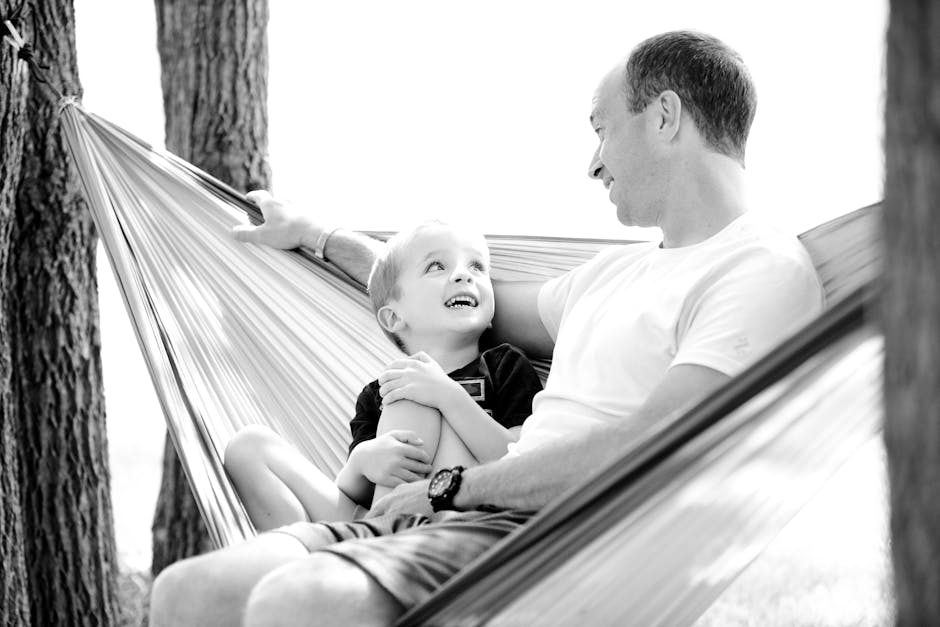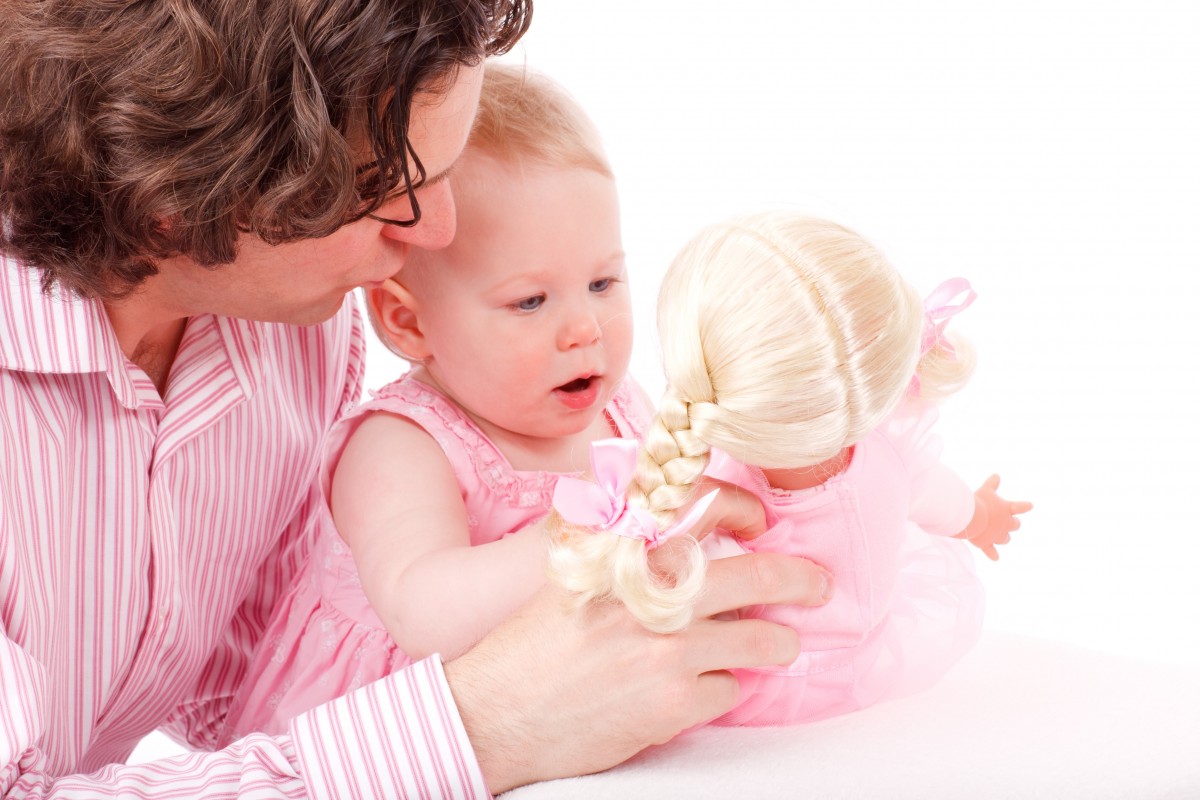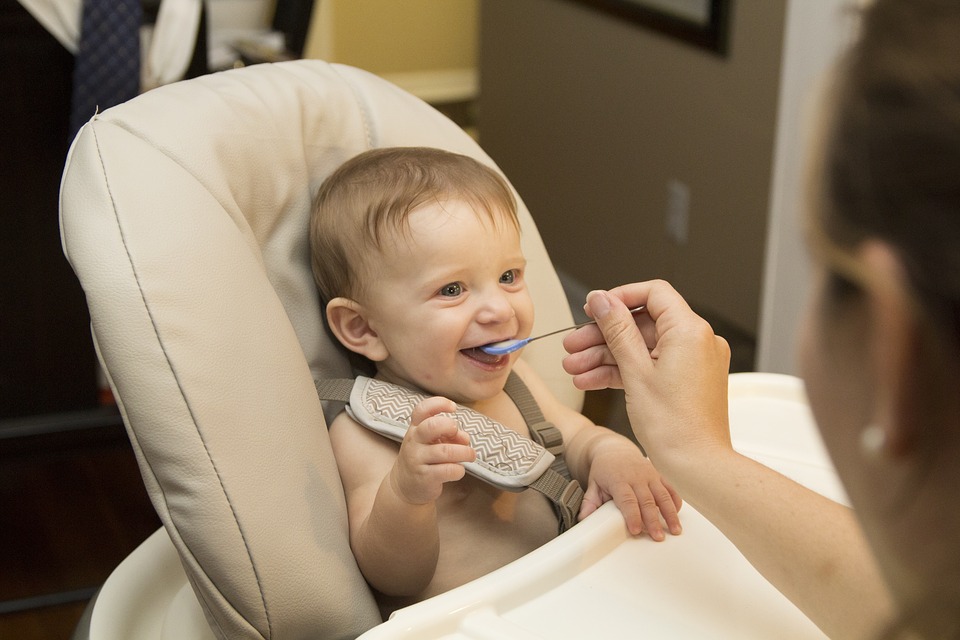
Positive Discipline: now what the heck is that?
Here’s a classic parenting scenario: your child is hitting or teasing their younger sibling. You’ve tried time-outs, taken away their privileges, talked to them about it, and many other things, but they still aren’t getting along, and it’s really trying your patience.
It certainly helps to have a gospel perspective on parenthood. Even members of the First Presidency and Quorum of the Twelve have given some awesome parenting advice. But it’s hard to know how to apply some of the principles you’re learning in the church to your everyday life at home.
Positive Discipline is for all those parents that are fighting the good fight—and sometimes, admittedly, the bad fight—with their children and would like to have a more peaceful and happier home life.
Once upon a time, I taught preschool-aged children. As you might imagine, 25-30 children ages 3-6 with two or three adults might be a recipe for disaster. The thing is that it wasn’t. One reason for that is because we teachers were trained in a method called Positive Discipline. Our school also held seminars teaching Positive Discipline to parents.
Positive Discipline is a method created by Jane Nelson, Ed.D, for parents to both firmly and kindly guide children in what behavior is acceptable. Whereas many traditional methods focus on punishment, positive discipline is all about discipline. Discipline comes from the Latin word disciplina, which means “to give instruction or teach.”
Positive Discipline holds five criteria as key:
- Belonging and Significance: Children feel a safe and loving connection to their parents.
- Kindness and Firmness: Parents can be encouraging and respectful even while enforcing boundaries.
- Long-Term Effectiveness: Positive Discipline considers what the child is learning long-term, rather than getting them to stop just at that moment.
- Social Skills and Life Skills: Children learn respect, empathy, problem-solving skills and cooperation in the home, school, and community.
- Capability: Positive Discipline respects children’s agency; it seeks to balance autonomy with responsibility.
Here are five Positive Discipline tips to follow and their applications:
1. Understand the meaning behind the behavior.

Children usually want to behave well. If they are missing the mark, there is usually a reason for it.
So why is Johnny picking on Steven? Could this be his way of getting your attention? Is he looking for power? Is he jealous?
If your child is old enough, you can have a sincere, gentle and safe conversation with them about it. Ask them if they know the reason for their actions. Ask them what they might need.
Younger children might not be so insightful. It’s fine to ask them, but more detective work will likely be needed. Try spending some quality time with your child and then see if the behavior changes. If you find yourself getting into power struggles with your child, try trusting him or her with an important responsibility.
Once you know what is driving that behavior, you can fix the problem much more permanently. It’s like pulling out a weed instead of mowing over it.
2. Set clear expectations and be consistent.
 When you are tired or busy, it’s easy to look at a child’s behavior and just hope it passes.
When you are tired or busy, it’s easy to look at a child’s behavior and just hope it passes.
The reality, however, is that children desperately need clarity and consistency. This is one of the most important principles that we teachers clung to in our preschool classrooms.
Consider carefully what your house rules are. Then have a meeting with your children where you go over these rules together, including the consequences of crossing the line. For instance, if your child hits someone, they need to know that you will remove them from the situation.
Once your children get old enough to argue with the rules, you may want to have another meeting. Here you can counsel with your children about what rules and consequences are fair for everyone. When you are finished, you can get verbal or even written consent from your children stating that everyone will follow these rules.
Once the rules have been clarified, it’s important to enforce and follow these rules consistently, no matter how you may feel. This will serve your family best in the long run.
3. Control yourself—not your child.
 Parenting is an ongoing and tiring job. It can be hard to always stay in control. However, the most effective way to teach good behavior is to model good behavior. You can have strict rules in your household and at the same time enforce them in a kind and generous way, but only if you are in control of your emotions.
Parenting is an ongoing and tiring job. It can be hard to always stay in control. However, the most effective way to teach good behavior is to model good behavior. You can have strict rules in your household and at the same time enforce them in a kind and generous way, but only if you are in control of your emotions.
If you need some time to cool down, don’t hesitate to count to 10, take a deep breath, or even walk away before you respond. Then you can come back to the situation and model kind, gentle words and effective conflict resolution skills.
4. Redirect, redirect, redirect.
 Redirection is key, especially for younger children. The words “no” and “don’t” can be tiring and ineffective. Instead, you can redirect them to another activity.
Redirection is key, especially for younger children. The words “no” and “don’t” can be tiring and ineffective. Instead, you can redirect them to another activity.
If your child is starting to act up in church or at the dentist’s office, it may be time to give them your keys or a toy to play with to redirect their attention from their boredom or discomfort.
If your older child asks to stay out past curfew, instead of verbally using the word “no,” you can say, “It’s important that you be home by curfew so that you can be ready for school tomorrow.” Then start talking about school or something else; don’t wait for them to respond.
5. Give attention only to the behavior you like.

Children will go a long way for a little attention. If they find that your attention increases when they are acting up, their chances of repeating the action later may increase as well. Sometimes it pays to walk away from or ignore misbehavior. Then, when the child does something good, notice that behavior instead.
For example, your toddler may enjoy the game of dropping their spoon on the floor so you can pick it up. Instead of playing that game, let them eat their food with their hands. Then point out something good about their meal: “You ate all of your vegetables? That’s wonderful!”
These tips are only a sample of the principles and applications that the Positive Discipline model offers. If you are interested in learning more, I can recommend several resources:
The Positive Discipline website
Positive Discipline Parenting Tools Book
Positive Discipline A-Z – A 1001 Solutions to Everyday Parenting Problems





